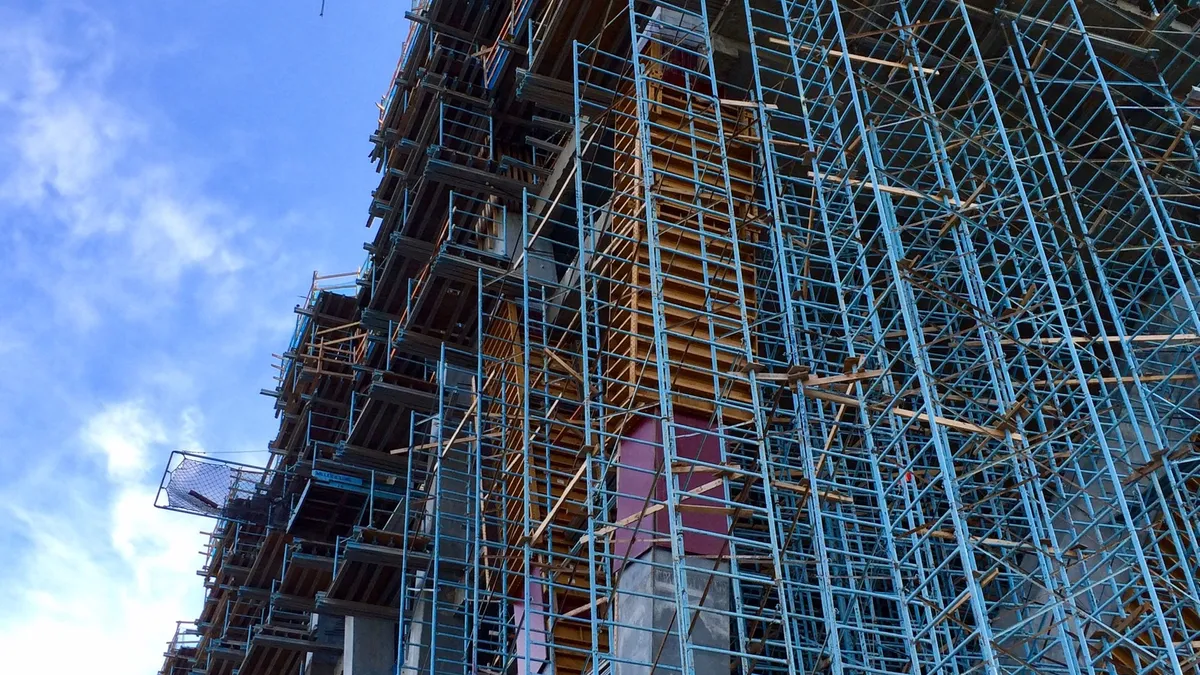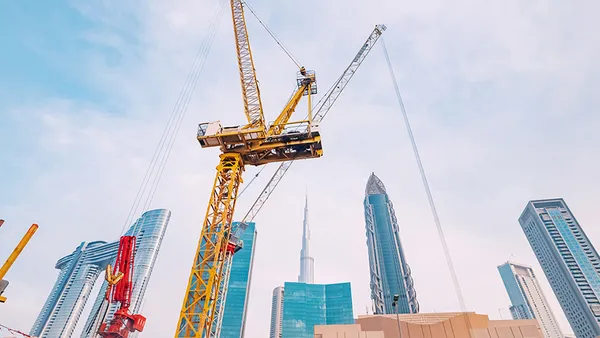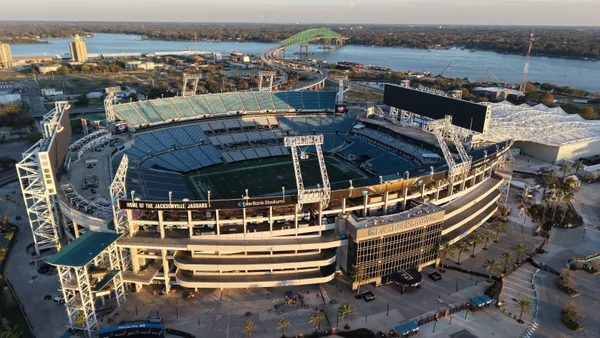Dive Brief:
- Anirban Basu, chief economist for the Associated Builders and Contractors, said in the association’s Construction Executive publication that the industry can expect another strong year in 2019, but, beyond that, it is uncertain how factors like inflation, the labor shortage, tariffs and immigration policy will affect momentum.
- On the plus side for contractors, in addition to job growth, favorable tax laws and increased infrastructure spending, is the Conference Board’s Leading Economic Index, which has continued to climb, meaning that the market's current upward trajectory is expected to continue for at least two or three more quarters. In addition, the American Institute of Architects’ Architecture Billings Index has registered a reading of more than 50 recently, indicating increased future construction activity, and the ABC’s Construction Backlog Indicator, which points to the amount of work that commercial and industrial contractors have lined up, has seen record levels in 2018.
- Potential contractor headwinds include rising interest rates, increasing material prices, a shortage of skilled workers as evidenced by record low construction unemployment, and a volatile stock market. Basu said these factors do not necessarily point to a recession after next year. He added, however, that contractors should "be wary and remain vigilant” regarding their cash flow and balance sheet as the outlook for conditions beyond 2019 remain “murky."
Dive Insight:
Two of the issues this year with the most potential to affect contractors have been the continued labor shortage and President Donald Trump’s steel and aluminum tariffs.
A 25% tariff that the president imposed this year on foreign steel imported into the U.S. has resulted in higher prices overall but has not reduced the level of imports, according to a report from The Wall Street Journal. Domestic steel producers have raised their prices to narrow the gap between themselves and duty-heavy foreign manufacturers, and U.S. companies are planning to spend some of that extra cash on expansion. Currently, domestic steel companies meet a little less than 80% of U.S. demand.
And while contractors have managed to complete projects with a limited pool of craft workers, the supply of skilled labor is expected to continue to thin out in 2019. At a recent Dodge & Data Analytics conference, Ken Simonson, chief economist for the Associated General Contractors of America, told those in attendance that contractors would have to learn to live with it because it will continue to get more difficult to find workers in 2019.














